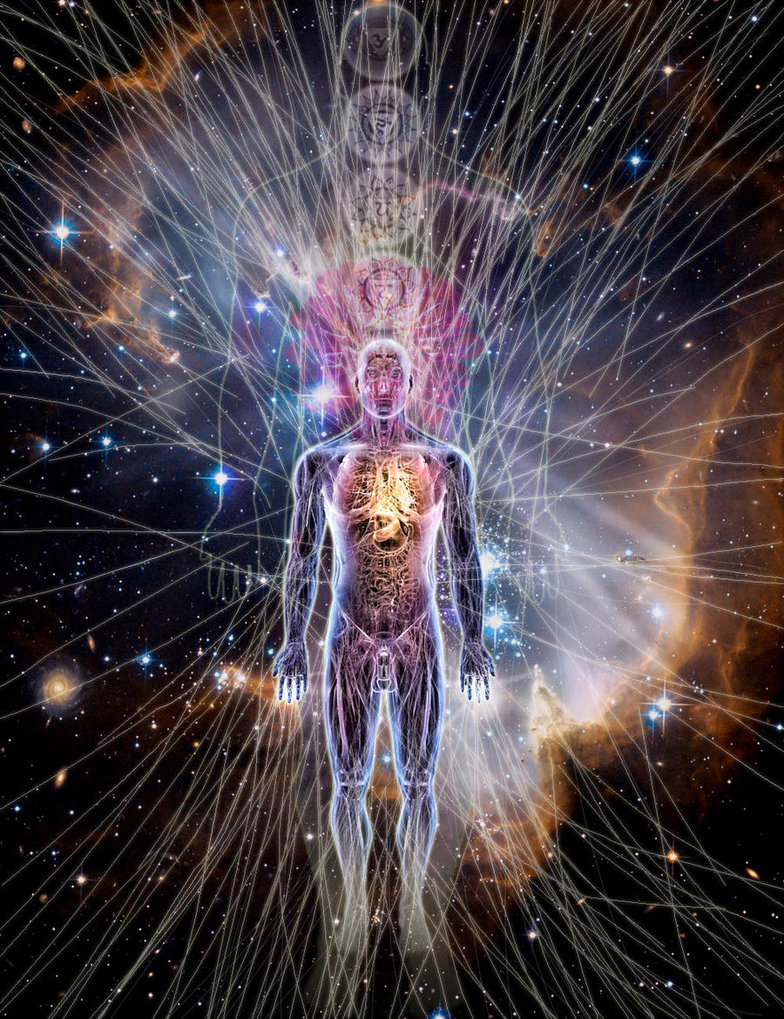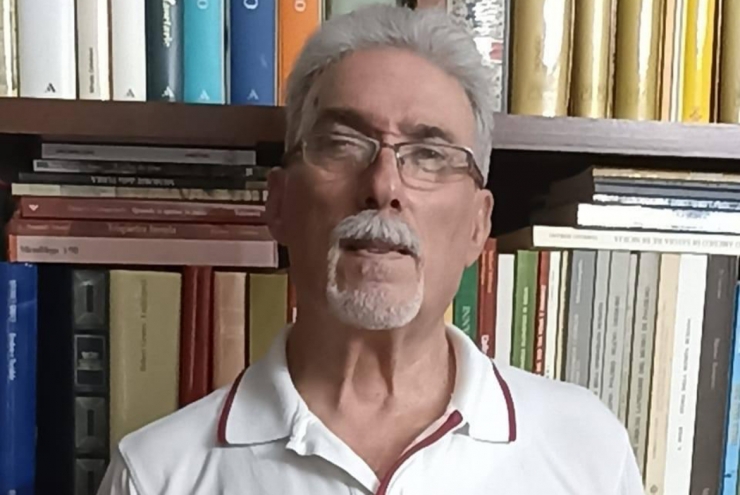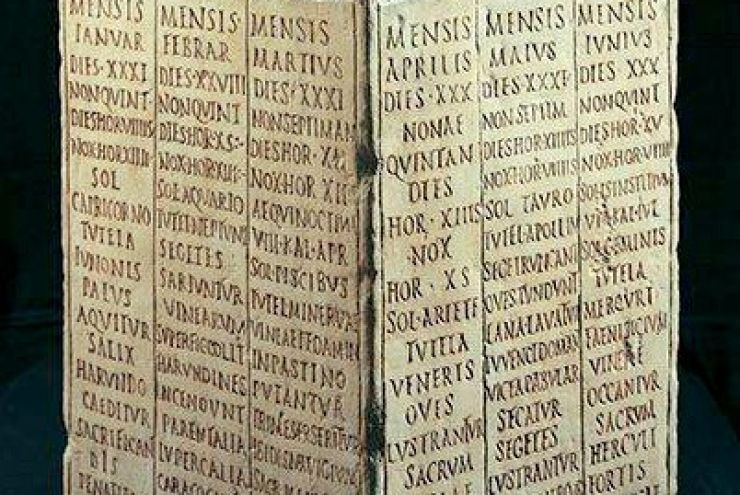 Before proceeding with other great figures of Ancient Philosophy, it is worth to make some more considerations on the epochal change introduced by Plato, a new understanding of the world that is still today challenging the post-modern materialism.
Before proceeding with other great figures of Ancient Philosophy, it is worth to make some more considerations on the epochal change introduced by Plato, a new understanding of the world that is still today challenging the post-modern materialism.
It is undeniable that the great achievements of the scientific method have had a huge positive impact on our civilization, not only for all the technological equipment present in our everyday life, but also for the rational and empirical explanation of the world, like the understanding of the structure of the matter with the current standard model, and like the evolution (*) of the universe with the formulation of the cosmic inflation. If in the one hand every human been, who has at a spark of the divine Ulysses’ curiosity, is charmed by the challenge to identify the “Theory of Everything”, on the other hand we risk to confuse the idea itself of Truth (by the capital “T” I mean the primary truth of all) with what it is scientifically proved. Unfortunately this kind of misunderstanding happens more and more in scientific environments, also because the philosophical culture is vanishing from our schools, that are more and more addressed toward a profitable utility and specialization.
The empirical knowledge proceeds by approximations or, we may even say, it is based on inaccuracy. A scientific theory, to be considered as such, has to be falsifiable (Karl Popper, Fälschungsmöglichkeit) or, in other words, it has to be possible to conceive an experiment whose results could negate the theory. With this mechanism, every scientific theory can in principle be superseded by new results and new theories. For instance, we can formulate an absurd theory like: “during moon eclipses the Nitrogen concentration in air raises by 0.05%”. This theory is falsifiable, so it is a good one, as it is possible to identify an experiment, during a moon eclipse, to measure the raising of Nitrogen concentration: if the raising is minor than 0.05%, then the theory is false.
The idea to catch the Truth by the observation of natural phenomena is not new in the history of human thought, because many pre-Socratic philosophers have already tried to do it. For instance, we can say that Anaxagoras was trying to introduce a theory of everything with the introduction of the Nous (Greek word for “mind”). In fact, Anaxagoras theorized that the universe is composed by a purely material homeomeries, small entities not very dissimilar from Democritus’ atoms. However Anaxagoras found difficult to explain how these homeomeries could simply join together to build up something that made sense, like a “cat” or a “tree”. For this reason he was forced to introduce another entity, the “nous” (in Greek it means “mind”) a kind of coordinator inside the material world, to prevent the homeomeries to wander chaotically and aimless in the empty space. Anaxagoras’ nous is not transcendental, but it resides in matter, it belongs to matter, it gets mixed with matter, because to Anaxagoras there is no place for a second level of reality. His nous is a material mind without will, it’s a kind of software, of Matrix, that organizes the chaotic cosmic cloud into a harmonious world of planets, stars and sparrows that chirp in the morning…
Some years later, Plato changed the perspective by his work Phaedo, and founded the western metaphysics by examining the Anaxagoras’ nous. Where does the order we see come from? There must be principle at a higher level to “organize” the perceptible world. The hypothetical organizing mind should be able to justify the “direction” of the organizing, the criterion by which a certain process is better than another. Where is the Anaxagoras’ nous receiving the organizing criteria to obtain an organized and ordered world? It is necessary to introduce a new logical, mental level – namely “intelligible” – over the material world. This applies also to persons, where the necessity to look for an entity that is transcending the material body is even more evident: Socrates has acted according to his mind, that has chosen what is good and right, and not according to the perceptions of his body, that are rather a tool to act in the material world. This revolution of the western way of thinking goes beyond the materialism and discovers a new dimension for the philosophical quest: the mind.
Plato uses a metaphor to explain his philosophical search, comparing investigation to navigation. Natural philosophy proceeded with open sails on the information given by the perceptible world, but at a certain point could not proceed further in searching the truth, as it reached a dead calm sea, without any wind. At this point Plato explains that a second navigation method is needed (δεύτερος πλοῦς), and in order to proceed further it is necessary to row with the oars of intellect and logical mind, moving from the perceptible world to the super-perceptible one, which the mind is ruling on: the intelligible world.
Plato identifies a hierarchical structure of reality. This is based on two principles: the One and the Dyad. The One is the formal cause of everything, the supreme Good which everything refers to. The Supreme Unity that gives coherence to everything is. On the other end, if there were only the One, everything would be static and there wouldn’t be the multiplicity we see. For this reason Plato adds the principle of Dyad, the indeterminate and undefined Multiplicity, the reason for difference and multiplication. From these two principles, the One and the Dyad, a two levels reality is generated: the level of forms and the level of matter.
The level of forms has a certain verticality, because it has universal forms at the top and differentiated form on the bottom. The forms of numbers are among the superior ones and they are not the numbers that we use every day in our mathematical operation, but they are numbers “as numbers”, like for instance the sole and only number three, which originates all the numbers three used in mathematical operations. Numbers used in mathematical operations are not forms of number, as they are practically used, however they do not belong to the material level, because they are anyway “mental”: they represent a special halfway case between the forms and the matter.
The lower level is the perceptible and material one, which is the object of science and of the investigation of the first philosophers. This is the level of becoming, of transformation and changing and nevertheless it participates to the world of forms by reflection, even if the forms are there reflected only temporary. This level cannot exist by itself, but needs a cause, an Organizer, a Maker, who molds it from the forms and shapes it in the material world: the Demiurge.
To Plato, the Demiurge is the true God, the good God, that opens the accessibility of the eternal Good to the temporary becoming of the perceptible world, while the One is the superior principle but not a god.
Within this frame, human soul is continuously travelling between the perceptible and the intelligible worlds, participating to both. This is the reason why we live in the material world but at the same time we get troubled by its limits. Sometimes physical death looks like unnatural and difficult to accept, like if in us there were a natural propensity to eternity. Sometimes we are able of high abstraction and to model our world according to our ideas. But this is not all.
Plato explains that the very first soul molded by the Demiurge was not a human one, but the Soul of the World, called “Anima Mundi” in Latin. The Anima Mundi has a great importance in the Platonic cosmology, as she is the mediator between the intelligible and the material levels. Human souls have much in common with the Anima Mundi, but they are not the same. With this understanding, we can draw two conclusions.
First, all the World is “spiritual”. This is in perfect agreement with the polytheistic Roman Religion, which perceives the presence of divinity in the nature itself, in the form of numen, as a divine power that permeates the whole Universe.
Second, going back to the beginning of this article: the whole material world is modeled through Anima Mundi according to the same Intelligible which we participate to by our souls. Therefore the observed material world is obeying to the same logical rules we have in our souls, so that the material world can be object of quest by souls and by the thought raising from them as natural philosophy. Human souls can search and recognize in the material world the organizing action of Anima Mundi. What we see in matter is not the Truth, but its direct consequence.
The great love for research, the curiosity and the amazement in front of every incredible discovery of this fantastic universe are simply the movements of our soul, who is rejoicing by finding in her object of investigation the immortal symmetries of the cosmic intellect that dwell in her depth. The curious eyes stare at the high stars and like in a special mirror see the depth of their souls.
Mario Basile
(*) The reference to evolutionist theories is given for the scientific idea related to natural philosophy. Plato limited his interest in natural philosophy, which investigates the world of appearances and mutations, related to opinion (doxa), in favor of metaphysics, the only discipline that can investigate on the Truth.
Our Tradition is not based on “scientific proofs”, as it is aimed directly at the metaphysical Truth of the “second navigation”, rather than to the scientific doxa, which depends on the results of the last experiment.
















